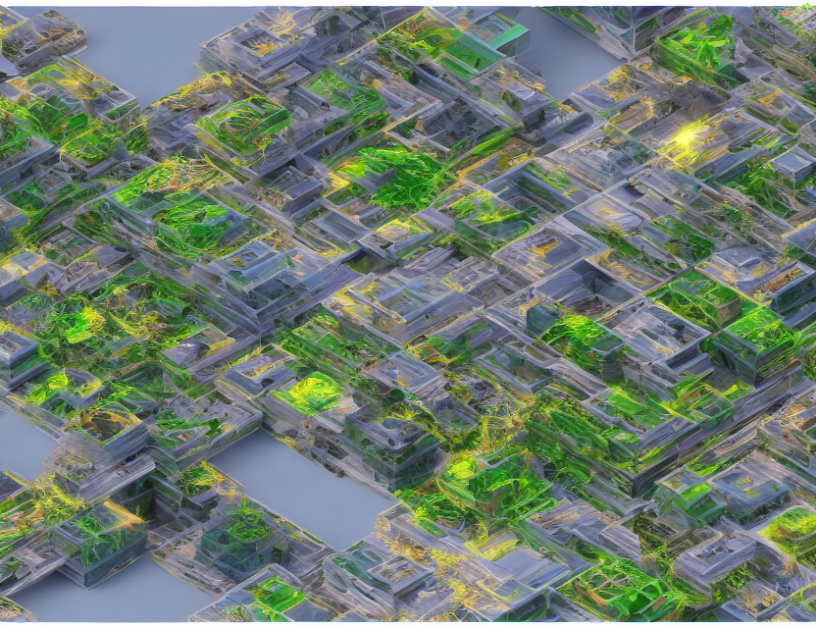In this article, we explore a fundamental problem in machine learning called class distribution shifts. These occur when the distribution of classes changes during deployment, leading to poor performance in real-world situations. To address this issue, we propose a simple model that can estimate and mitigate class distribution shifts.
Imagine you are trying to train a dog to sit. You start with a class of dogs that all have a similar build and temperament, making it easy for the dog to learn. However, as time goes on, new breeds of dogs are introduced, and their characteristics differ significantly from the original class. This shift in distribution makes it harder for the dog to learn and generalize its behavior.
In machine learning, this situation is similar. When we train a model on a dataset, the classes are typically chosen based on convenience and accessibility during data collection. However, over time, these classes may change due to various factors, causing class distribution shifts. As a result, the model may not perform well on new data that belongs to the shifted class distribution.
Our proposed model, called anchor regression, addresses this problem by adapting to changing class distributions in real-time. Anchor regression involves training multiple models on different subsets of the data and then combining their predictions using a simple weighting scheme. This approach allows the model to learn the underlying structure of the data more accurately, even when the class distribution shifts.
In summary, class distribution shifts are a common problem in machine learning that can lead to poor performance in real-world situations. Our proposed model, anchor regression, provides a simple and effective solution by adapting to changing class distributions in real-time. By leveraging multiple models and combining their predictions using a weighting scheme, anchor regression can improve the generalization ability of machine learning models and ensure better performance in diverse environments.
Computer Science, Machine Learning
Deep Learning Invariance Strategies for Improved Generalization



